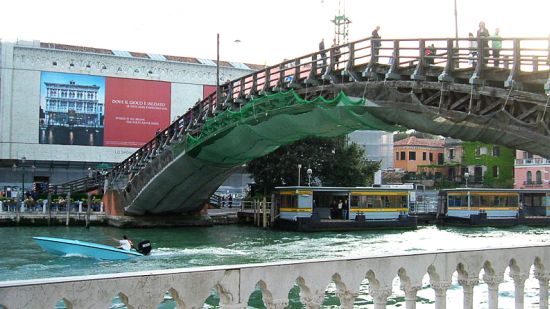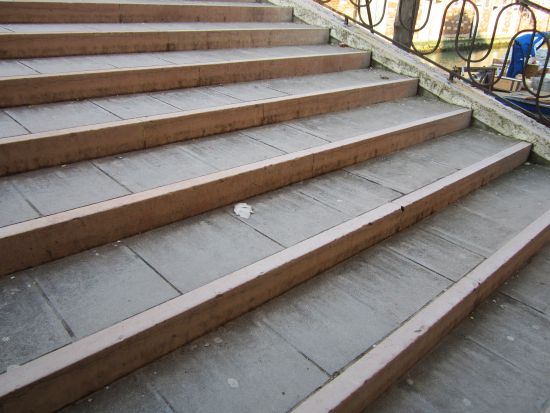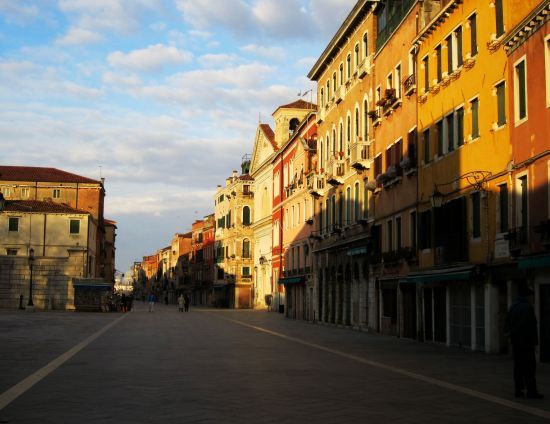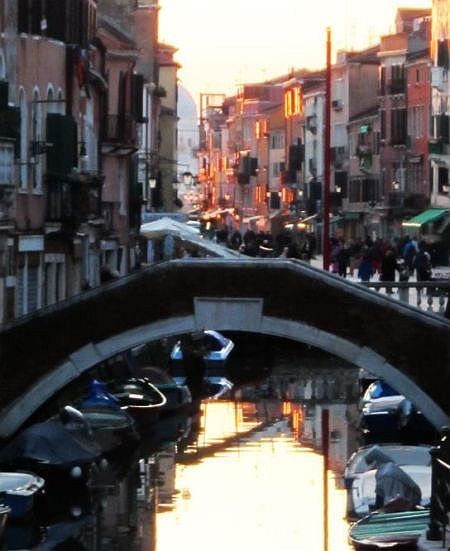…is a good offense. As we know. Not social offensiveness, but what is also called by the disphoneous term “pro-active.”
I just made up that word, because the inventors of language have overlooked creating an opposite to “euphoneous.” They offer “cacophony,” which is completely wrong here.
Why am I even talking about offense/defense?
Because of a little event in Lino’s life which is an excellent illustration of how this works. He’s very good at these gambits.
I don’t remember what we were talking about, but it brought back to his mind a small but perfectly formed encounter years and years ago.
It was a Friday, and on Sunday the annual corteo on the Brenta known as the Riveria Fiorita was coming up. The club’s gondolone, or 8-oar gondola, was on the list to participate and the rowers were all signed up.
But the boat had to be at Tronchetto at 8:00 the next (Saturday) morning, which — considering that the club was on the Lido — would have meant going to the Lido in the middle of the night to have enough time to put the boat in the water and traverse the lagoon. This didn’t seem like the most entertaining thing to do.
So he and his son went to the club on Friday and rowed the gondolone to Venice, to the canal that went by their home. Then they looked for a place to tie up.
They found a spot on an empty stretch of his canal, just under the fence marking off a bit of garden. The space was ample, and it was available to the public. He wasn’t encroaching on any boat-owner’s parking place. He wasn’t encroaching on anything.
But a man came out of a domicile facing the garden, and it was clear that he felt extremely encroached upon.
“You can’t tie the boat there,” he stated.
“Why is that?” Lino asked.
“Because”(some vague reason here — maybe narrowing the space for other boats, or something. Anyway, he didn’t want the boat there.)
“If you leave this boat here,” he finished in high dudgeon, “I’m going to come and sink it.”
“Be my guest,” was Lino’s immediate reply. “Because if anything happens to this boat between now and tomorrow morning, I’ll know exactly who did it, and then we can go to the Carabinieri together.”
Silence. Not the silence of a quibble that was squashed, but the profound silence of deep space. The man went back inside and was never seen or heard from again.
But Lino was now more than tranquil. Because, as he explained it, “He probably came out to check on the boat every 30 minutes all night long.
“I got my own night watchman, for free.”





